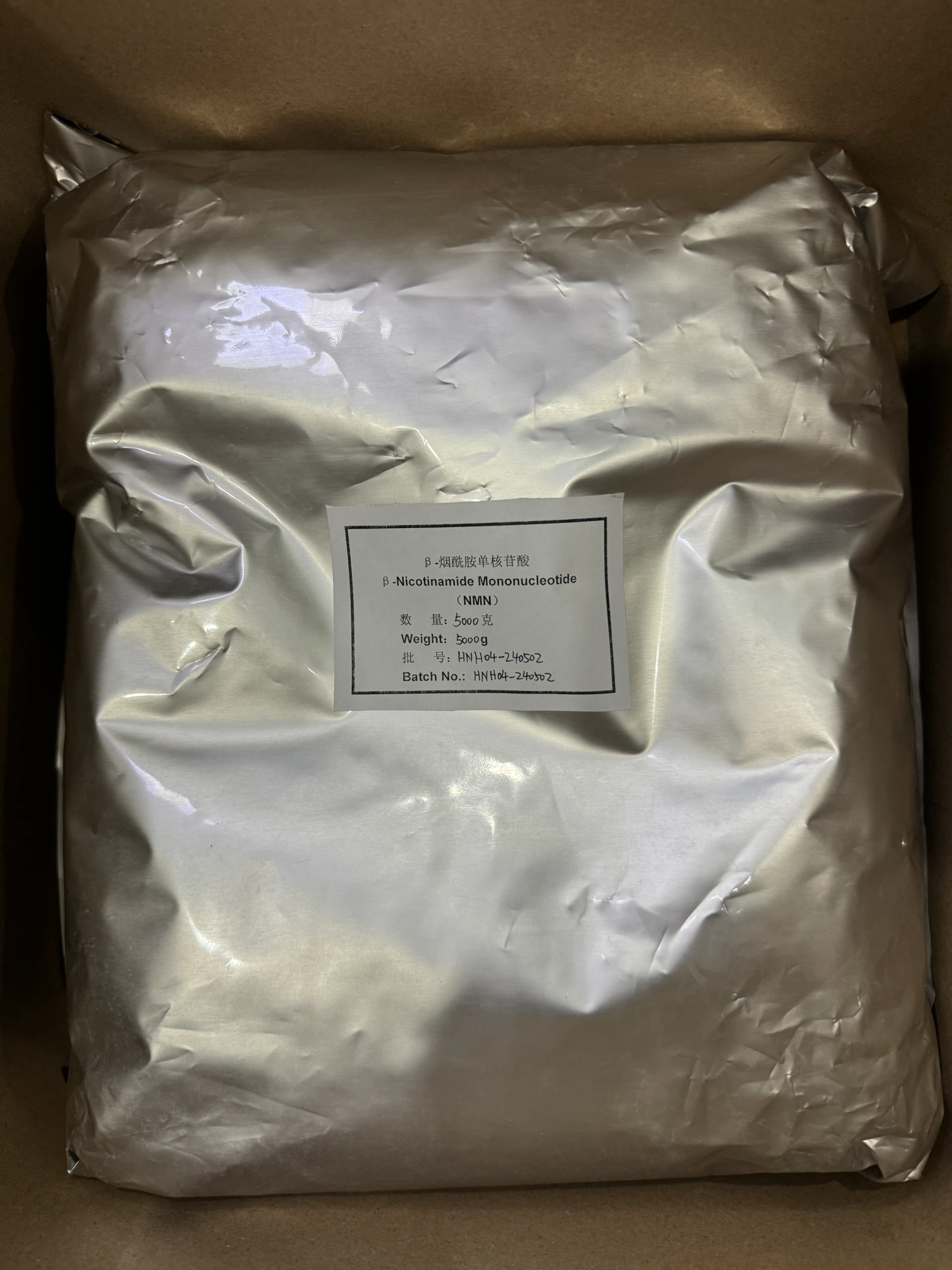Optical Brighteners for Plastic Enhancing Aesthetics and Performance
Optical brighteners, also known as fluorescent whitening agents (FWAs), are chemical compounds widely used in various industries to improve the brightness and visual appeal of materials. In the plastic industry, these agents play a crucial role in enhancing the aesthetics of products while also offering additional functional benefits. This article explores the significance of optical brighteners for plastic, their working mechanism, applications, and environmental considerations.
What are Optical Brighteners?
Optical brighteners are synthetic compounds that absorb ultraviolet (UV) light and re-emit it as visible blue light. This unique property effectively masks yellowish or dull hues in materials, resulting in a brighter and whiter appearance. They are commonly used in textiles, papers, and, notably, in plastics, where aesthetic appeal is a significant factor in consumer products.
How do Optical Brighteners Work?
The mechanism behind optical brighteners involves photoluminescence. When exposed to UV light, these compounds absorb the radiation and emit it in the blue spectrum, typically around 450 nm. This blue light counteracts any yellowish tint in the plastics, enhancing the overall whiteness. As a result, products like packaging materials, household items, and consumer goods appear more vibrant and attractive.
Applications in the Plastic Industry
Optical brighteners are employed in various plastic applications, including
1. Consumer Products Many household items such as containers, toys, and appliances benefit from optical brighteners to enhance their visual appeal, making them more marketable.
2. Packaging Materials In the food and beverage industry, packaging often uses optical brighteners to ensure that it looks fresh and appealing while maintaining transparency and clarity.
3. Automotive Parts Automotive components that require a pristine appearance often incorporate optical brighteners. They help achieve a glossy finish that can contribute to the perceived quality of a vehicle.
optical brightener for plastic

5. Specialty Blends Certain high-end products, such as those in the electronics sector, use optical brighteners for both functional and aesthetic enhancement.
Benefits of Using Optical Brighteners
The primary benefits of incorporating optical brighteners into plastic products include
- Enhanced Aesthetic Appeal Brighteners improve the brightness and whiteness of plastics, making them more attractive to consumers. This is particularly important in competitive markets where first impressions can influence purchasing decisions.
- Increased Market Value Products that look more appealing often command higher prices, giving manufacturers an opportunity to differentiate themselves in the marketplace.
- Functional Properties Besides aesthetics, optical brighteners can also impart additional properties such as UV protection, helping to extend the life of the plastic by preventing degradation caused by sunlight.
Environmental Considerations
While optical brighteners offer numerous benefits, there are environmental considerations associated with their use. Some optical brighteners may not be biodegradable and could persist in the environment, potentially leading to ecological issues if not managed properly. Increased awareness of sustainability practices has prompted some manufacturers to seek eco-friendly alternatives that provide similar benefits without the environmental impact.
Furthermore, regulatory frameworks are evolving to monitor the use and disposal of chemicals, including optical brighteners. Manufacturers must stay informed about regulations and potential restrictions to ensure compliance and minimize environmental footprints.
Conclusion
Optical brighteners play a significant role in the plastic industry by enhancing the aesthetics and functional performance of various products. Their ability to improve brightness and whiteness makes them invaluable for manufacturers looking to create appealing consumer goods. However, as awareness of environmental issues continues to rise, it is essential for the industry to consider sustainable practices and explore more eco-friendly alternatives. By striking a balance between performance and environmental responsibility, the future of optical brighteners in plastics can remain bright and sustainable.

